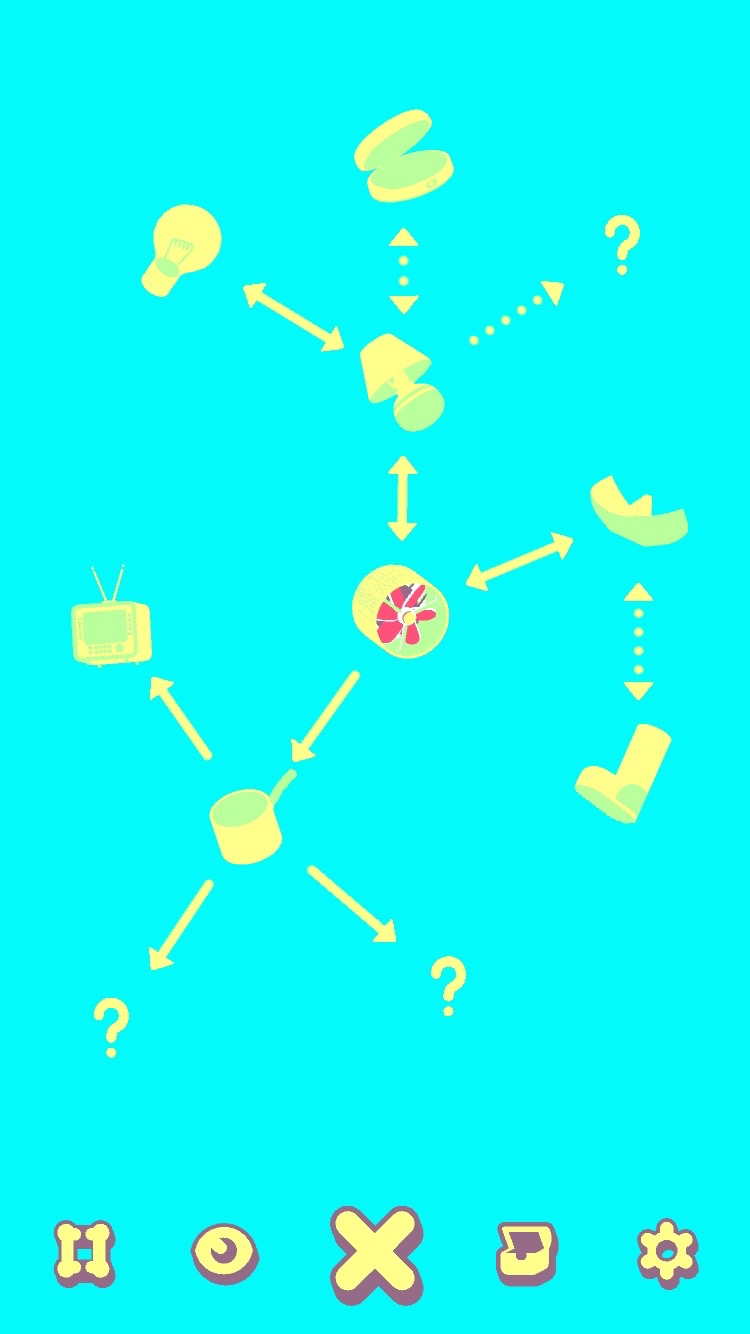- Wondering how to get Monopoly GO! free rolls? Well, you’ve come to the right place. In this guide, we provide you with a bunch of tips and tricks to get some free rolls for the hit new mobile game. We’ll …
Best Roblox Horror Games to Play Right Now – Updated Weekly
By Adele Wilson
Our Best Roblox Horror Games guide features the scariest and most creative experiences to play right now on the platform!The BEST Roblox Games of The Week – Games You Need To Play!
By Sho Roberts
Our feature shares our pick for the Best Roblox Games of the week! With our feature, we guarantee you'll find something new to play!Type Soul Clan Rarity Guide – All Legendary And Common Clans Listed!
By Nathan Ball
Wondering what your odds of rolling a particular Clan are? Wonder no more, with my handy Type Soul Clan Rarity guide.
Vignettes Review: Mellow Magic
Consider, for a moment, the ordinary object of a cup. Perhaps you have one in view right now. When you look at that cup, can you find all of the shapes that make up its dimension? If you get down …

Consider, for a moment, the ordinary object of a cup. Perhaps you have one in view right now. When you look at that cup, can you find all of the shapes that make up its dimension? If you get down and look at the cup straight on so you can see it from top to bottom, perfectly lined up without the curvature, you would see a flat plane. If you rotate the cup and look at it from above, you’d see a circle. If the base is smaller than the top, you might see two concentric circles. What if when you lined up those two concentric circles to be perfectly centered, your cup opened up and turned into a hula hoop spinning in your hands?
Such is the magical experience of new collection puzzler Vignettes.

Vignettes takes the dimensionality of ordinary objects such as a pan or a boot to beget new objects from the action of aligning planes with positive and negative spaces within the image. By swiping on your phone (usually with just one finger, but occasionally two for balance) you rotate each object to explore its planes and try to line up edges to reveal a new shape. For example, upon rotating a lamp, aligning its shade and base will reveal the barrel of a fan; rotating that fan to its flat side reveals a piece of paper which can then be folded.

There is no text in the game and the entire structure of the experience is based on visual cues, such as outlines of missing things or branching maps with question marks to guide you toward yet-unrevealed objects. Unfortunately, there is no (apparent) hint system if you get stuck. The branching system also means that if you do get stuck or need to return to another object along the tree, you’ll need to go back through all of your previously solved objects to get to your destination. There were many times during the game that I wanted the ability to click directly on a previously unlocked object to get toward my goal more efficiently.

The game is based entirely on the player’s own pace and will likely be enjoyed by both short-session players and long-haul players alike. However, players who intend on spending a lot of time in the game might want to turn off the sound; the loops are very short and several have an atonal quality that’s disconcerting at times. Music notwithstanding, the gameplay is extremely mellow while still being quite challenging.
I guarantee there will be moments of frustration, but they will undoubtedly give way to gratification as an unforeseen object slowly rotates into sight. Similarly, finding certain objects results in delightful rewards in the form of surprising animations and interesting interactive mechanics. Look out for spewing water, soaring rockets, folding paper, and much more. As you discover new objects, they’ll appear in their respective collection, each becoming part of a unique vignette.
This collection component of the game is effectively motivating because without any text, we start to read into these images and assemble our own narratives around them. To complete the story, we must reveal all of the objects. But unlike the complicated still-lifes of hidden picture games or the sprawling environments of adventure games, the treasures of Vignettes lay concealed within the landscape of one typical household object. We must look around and into and over and through these ordinary, boring things to find something new. And that experience in itself is extraordinary.

The good
- Unusual experience with dimensionality and spatial relations
- Motivating collection mechanic
- Surprising interactive details

The bad
- Not a lot of "action" so you'll need to be committed to the experience
- No explanation or directions for anything; no hints
- Previously solved objects need to be repeated to move back through map
More articles...
Monopoly GO! Free Rolls – Links For Free Dice
By Glen Fox
Wondering how to get Monopoly GO! free rolls? Well, you’ve come to the right place. In this guide, we provide you with a bunch of tips and tricks to get some free rolls for the hit new mobile game. We’ll …Best Roblox Horror Games to Play Right Now – Updated Weekly
By Adele Wilson
Our Best Roblox Horror Games guide features the scariest and most creative experiences to play right now on the platform!The BEST Roblox Games of The Week – Games You Need To Play!
By Sho Roberts
Our feature shares our pick for the Best Roblox Games of the week! With our feature, we guarantee you'll find something new to play!Type Soul Clan Rarity Guide – All Legendary And Common Clans Listed!
By Nathan Ball
Wondering what your odds of rolling a particular Clan are? Wonder no more, with my handy Type Soul Clan Rarity guide.







